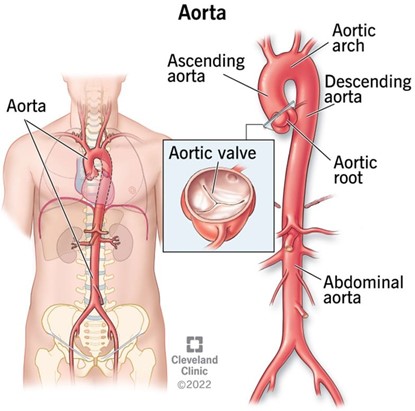Kidney disease can cause hypertension by:
Directly signaling the brain stem to increase blood pressure.
Activating the renin-angiotensin mechanism.
Increasing release (excretion) of sodium and water.
Stimulating the secretion of ANP.
The Correct Answer is B
Kidney disease can cause hypertension by activating the renin-angiotensin mechanism.
This mechanism involves the release of renin from the kidneys, which stimulates the production of angiotensin II, a hormone that constricts blood vessels and increases blood pressure.
Choice A is wrong because kidney disease does not directly signal the brain stem to increase blood pressure.
The brain stem regulates blood pressure through the autonomic nervous system, which responds to various stimuli such as stress, pain, or emotions.
Choice C is wrong because kidney disease does not increase the release (excretion) of sodium and water.
On the contrary, kidney disease can impair the ability of the kidneys to filter out excess sodium and water, which can lead to fluid retention and increased blood pressure.
Choice D is wrong because kidney disease does not stimulate the secretion of ANP.
ANP stands for atrial natriuretic peptide, a hormone that is secreted by the heart when it senses high blood pressure.
ANP causes the kidneys to excrete more sodium and water, which lowers blood pressure.
Nursing Test Bank
Naxlex Comprehensive Predictor Exams
Related Questions
Correct Answer is A
Explanation
A person with type AB blood can successfully receive blood from all blood types.
This is because type AB blood has both A and B antigens on the surface of red blood cells, and therefore does not have antibodies against either antigen in the plasma.
Type AB blood is also called the universal recipient.
Choice B is wrong because type AB blood can receive more than just type O blood.
Type O blood is the universal donor, meaning it can be given to anyone, regardless of their blood type.
Choice C is wrong because type AB blood can receive more than just two of the blood types. Type AB blood can receive both A and B blood, as well as O and AB blood.
Choice D is wrong because type AB blood can receive more than just one of the blood types. Type AB blood can receive any blood type without problems.
Normal ranges for blood types vary by population, but generally, type O is the most common, followed by type A, type B, and type AB.
Correct Answer is B
Explanation

The aorta is the largest artery in the human body, as well as the main artery in the circulatory system.
It originates from the left ventricle of the heart and extends down to the abdomen, where it splits into two smaller arteries (the common iliac arteries).
The aorta distributes oxygenated blood to all parts of the body through the systemic circulation.
Choice A. Carotid is wrong because the carotid artery is not the largest artery in the body, but one of the main arteries that pumps blood from the heart to the brain and the rest of the head.
It has a diameter of 4.3 mm-7.7 mm and a blood flow of 350-550 milliliters per minute.
Choice C. Celiac is wrong because the celiac artery is not the largest artery in the body, but a major branch of the abdominal aorta that supplies oxygenated blood to the liver, stomach, spleen, pancreas, and duodenum.
Choice D. Femoral is wrong because the femoral artery is not the largest artery in the body, but the largest artery found in the leg region.
It runs down the inner thigh and carries out the important role of supplying blood to the lower body.
It has a diameter of 6.6 mm and a blood flow of 284 milliliters per minute.
Whether you are a student looking to ace your exams or a practicing nurse seeking to enhance your expertise , our nursing education contents will empower you with the confidence and competence to make a difference in the lives of patients and become a respected leader in the healthcare field.
Visit Naxlex, invest in your future and unlock endless possibilities with our unparalleled nursing education contents today
Report Wrong Answer on the Current Question
Do you disagree with the answer? If yes, what is your expected answer? Explain.
Kindly be descriptive with the issue you are facing.
